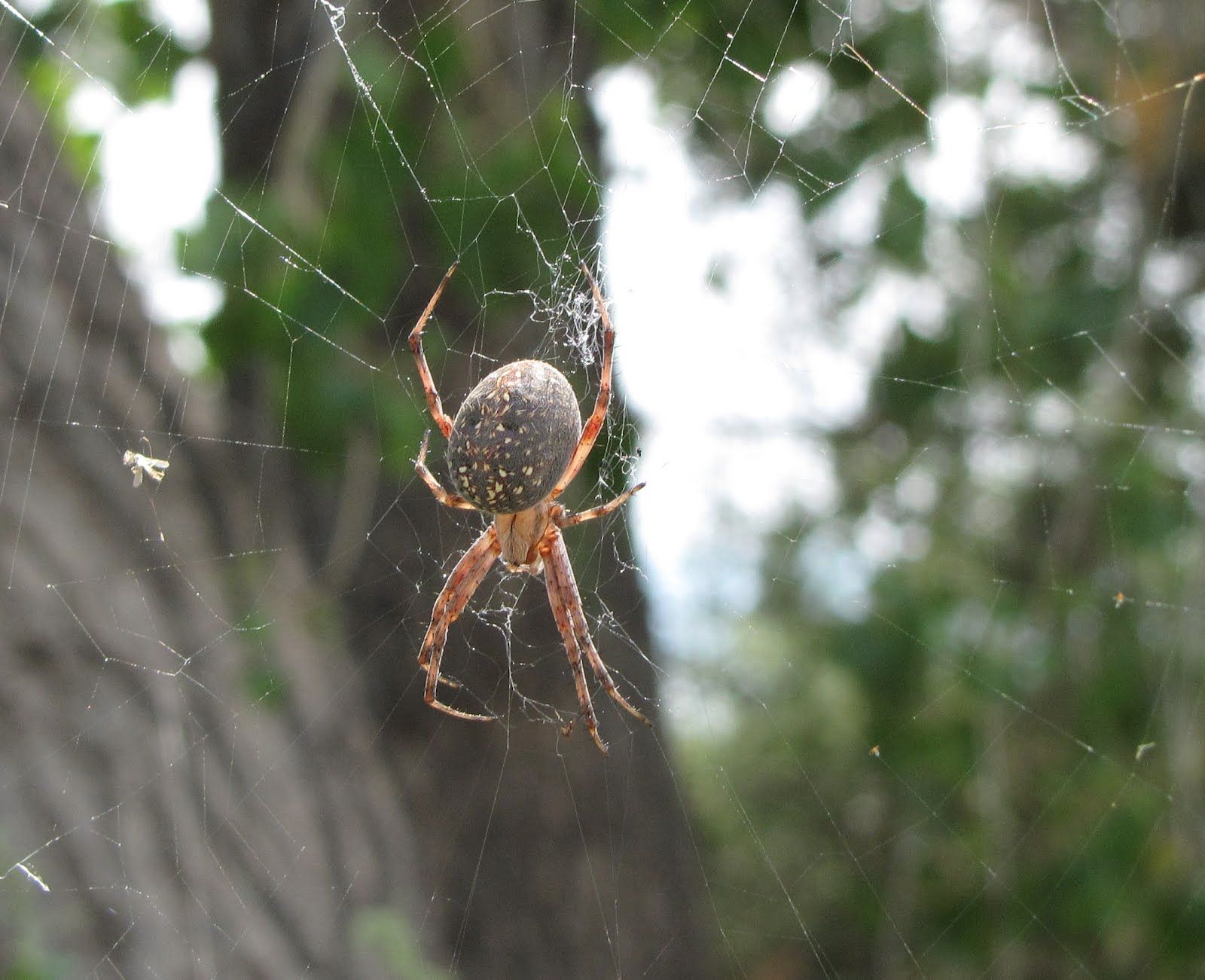
The Western Spotted Orbweaver is a fascinating creature that can be found in various regions of North America. This unique spider stands out with its vibrant colors and intricate web-spinning abilities. In this article, we will delve into 15 astounding facts about the Western Spotted Orbweaver that will leave you intrigued and amazed. From its stunning appearance to its hunting techniques, reproductive behavior, and ecological significance, this arachnid has much to offer in terms of wonder and curiosity. So, let’s embark on a journey into the mesmerizing world of the Western Spotted Orbweaver and uncover the secrets that make this spider a true marvel of nature.
Key Takeaways:
- The Western Spotted Orbweaver is a fascinating spider native to Western North America, known for its expert web-building skills and striking markings, making it a captivating subject for nature lovers and photographers.
- These nocturnal creatures play a vital role in controlling insect populations and contribute to the balance of ecosystems, while their harmless nature and unique abilities make them intriguing and valuable members of the animal kingdom.
The Western Spotted Orbweaver is a species of spider
The Western Spotted Orbweaver, also known as Neoscona oaxacensis, belongs to the family Araneidae and is native to Western North America.
They are known for their distinct markings
One of the unique features of the Western Spotted Orbweaver is its striking pattern of spots and markings on its abdomen, which can vary in color from yellow to orange and even white.
They are expert web builders
These spiders are highly skilled in constructing intricate and symmetrical orb-shaped webs, which are used for catching their prey.
Their webs are made of strong silk
The silk produced by the Western Spotted Orbweaver is exceptionally strong and sticky, making it easier for them to capture flying insects that get caught in their webs.
They are nocturnal creatures
The Western Spotted Orbweaver is primarily active during the night, hunting and capturing their prey under the cover of darkness.
Their diet consists mostly of insects
These spiders predominantly feed on various small insects, including flies, moths, and beetles, that get trapped in their webs.
They have specialized leg adaptations
The Western Spotted Orbweaver has specialized leg adaptations that enable them to detect the slightest vibrations on their webs, helping them locate and capture unsuspecting prey.
They are not dangerous to humans
While the Western Spotted Orbweaver possesses venom to subdue its prey, it is not considered harmful or dangerous to humans. Their bites are usually harmless and rarely cause any severe reactions.
They play a role in controlling insect populations
As natural predators, Western Spotted Orbweavers help regulate the population of insects in their habitats by hunting and feeding on them, contributing to the balance of ecosystems.
They undergo molting to grow
Like many other arachnids, Western Spotted Orbweavers periodically shed their exoskeleton through a process called molting, allowing them to grow and develop.
They have a relatively short lifespan
The average lifespan of a Western Spotted Orbweaver is around one year, with males typically living for a shorter period than females.
They exhibit sexual dimorphism
Males and females of the Western Spotted Orbweaver show distinct physical differences. Females are generally larger and have more pronounced markings than males.
They use camouflage for protection
These spiders have the ability to change their color to match their surroundings, providing them with effective camouflage and protection from potential predators.
They play a role in silk production
Western Spotted Orbweavers contribute to the production of spider silk, which is known for its strength and elasticity. This silk has various applications, including medical and engineering fields.
They are fascinating creatures to observe
The Western Spotted Orbweaver’s intricate webs and unique markings make them captivating subjects for nature lovers and photographers alike. Observing their behavior and hunting techniques can be a truly remarkable experience.
Conclusion
In conclusion, the Western Spotted Orbweaver is a fascinating creature that is worth learning about. From its unique appearance to its impressive silk-spinning abilities, this spider has captured the attention of researchers and nature enthusiasts alike. Its role in the ecosystem as a predator of insects makes it an important part of the natural balance. The Western Spotted Orbweaver serves as a reminder of the incredible diversity and complexity found in the animal kingdom. By understanding and appreciating creatures like the Western Spotted Orbweaver, we can gain a deeper appreciation for the natural world and work towards its conservation and protection.
FAQs
Q: What does the Western Spotted Orbweaver look like?
A: The Western Spotted Orbweaver has a distinct appearance with a yellowish-brown body and spots along its abdomen. The adult females are larger than males, measuring about 10-12 mm in body length.
Q: Where can the Western Spotted Orbweaver be found?
A: The Western Spotted Orbweaver can be found in various habitats across western North America, including forests, gardens, and grasslands.
Q: What is the diet of the Western Spotted Orbweaver?
A: The Western Spotted Orbweaver primarily feeds on flying insects, such as moths, flies, and mosquitoes, that get trapped in its intricate web.
Q: How does the Western Spotted Orbweaver spin its web?
A: The Western Spotted Orbweaver spins a classic orb-shaped web using its silk. It starts by releasing a silk thread into the air and waits for the wind to carry it to a nearby object. Then, it anchors the thread and begins constructing its web in a radial pattern.
Q: Is the Western Spotted Orbweaver venomous?
A: While the venom of the Western Spotted Orbweaver is not considered dangerous to humans, it is potent enough to immobilize its prey. The spiders are generally not aggressive and will only bite when they feel threatened.
Q: How long do Western Spotted Orbweavers live?
A: Western Spotted Orbweavers typically live for about one year. The mating season typically occurs in the fall, after which the females lay their eggs and then die during the winter.
Q: Are Western Spotted Orbweavers beneficial to the environment?
A: Yes, Western Spotted Orbweavers play an important role in controlling insect populations. By catching and consuming flying insects, they help to maintain the balance of the ecosystem.
Was this page helpful?
Our commitment to delivering trustworthy and engaging content is at the heart of what we do. Each fact on our site is contributed by real users like you, bringing a wealth of diverse insights and information. To ensure the highest standards of accuracy and reliability, our dedicated editors meticulously review each submission. This process guarantees that the facts we share are not only fascinating but also credible. Trust in our commitment to quality and authenticity as you explore and learn with us.


